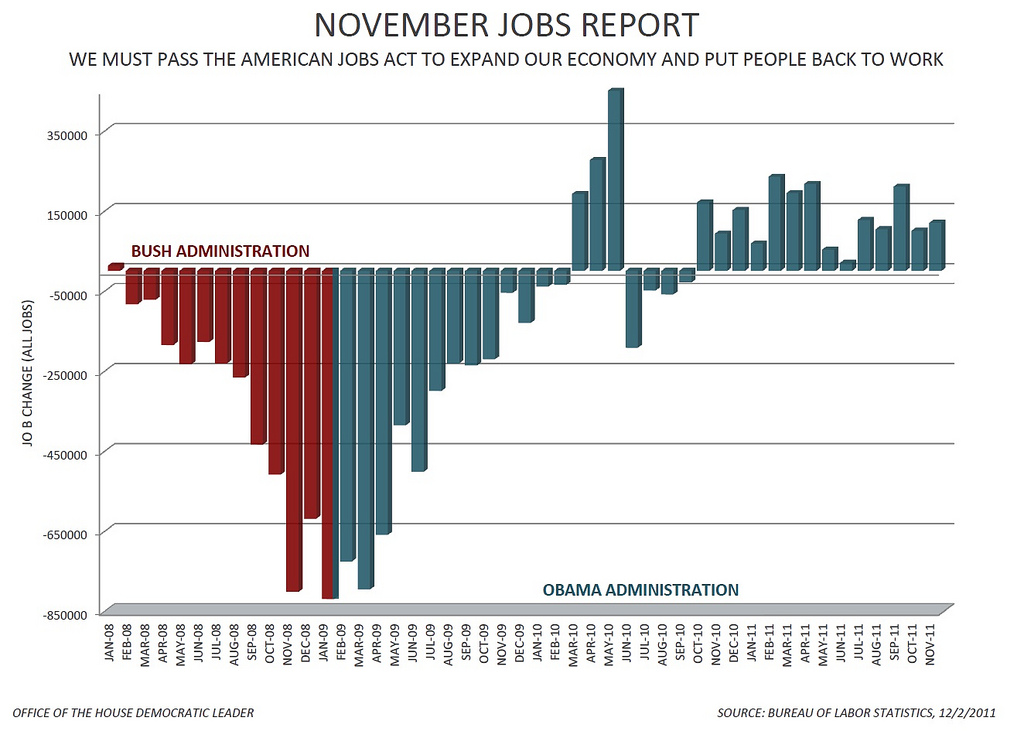


The news that unemployment in the United States dropped below 9% for the first time in two years included a corresponding dip in the jobless rate for people with disabilities. The U.S. Department of Labor’s November report said unemployment among these people fell to 13%, its lowest rate since 2009.
While the decline in joblessness among people with disabilities is good news on the surface, as Mark Twain once said, “Facts are stubborn, but statistics are more pliable.” Shaun Heasley of Disability Scoop characterizes the news as “mixed,” citing the oft-repeated knowledge that the Labor Department’s method for calculating unemployment rates does not differentiate between a person who has found a job and a person who has simply stopped looking for one.
Curiously, Heasley’s colleague Michelle Diament painted a rosier picture just the month before. Diament makes the same disclaimer about the Labor Department’s fuzzy math when reporting October’s 3% drop in unemployment among people with disabilities, then explains:
The improvement in the employment situation is significant because it comes even as the number of Americans with disabilities who were in the labor force — those working or seeking work — increased.
The Labor Department only began tracking employment data for people with disabilities in the fall of 2008, making it impossible to adjust for any seasonal trends in hiring like the Christmas rush in the retail sector we discussed earlier this month. But whether one is the type to consider its data set half-empty or half-full, there is anecdotal evidence supporting a surge in people with disabilities joining the labor force.
Walgreens, the nationwide chain of drug stores with close to 8,000 locations and nearly a quarter of a million employees, has set a hiring goal that will have 10% of its work force comprised of people with disabilities by close of its 2012 fiscal year. At one outlet in Milwaukee, Mike Anderson of WISN 12 News reports that the performance of Sofia Walz-Chojnacki inspired additional hirings:
Chojnacki’s story has worked its way up the Walgreens corporation. The company has now hired 12 new employees through the program since Chojnacki began, and has plans to add more.
The publicly traded company has already made investments in what it calls “Next Generation Distribution Centers” in Anderson, South Carolina, and Windsor, Connecticut, where technology and training allows people with disabilities to perform warehouse fulfillment duties efficiently. In the Anderson location alone, 40% of the workers are people with disabilities.
We’d be remiss in our duties if we didn’t point out the contributions of organizations like American Training, Inc. in expanding job opportunities for people with disabilities, both in training these people and through the relationships established with Massachusetts businesses.
Have ATI programs like StarWorks or Contract Services made a difference for you? Share in the comments section.
Images by Nancy Pelosi, used under its Creative Commons license.
I really couldn’t ask for more from this article.